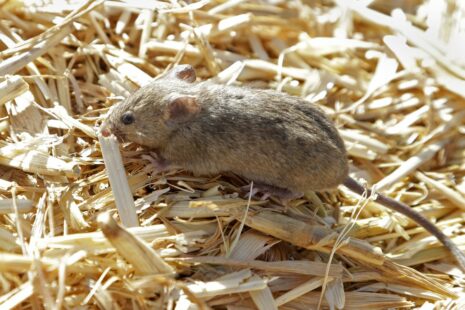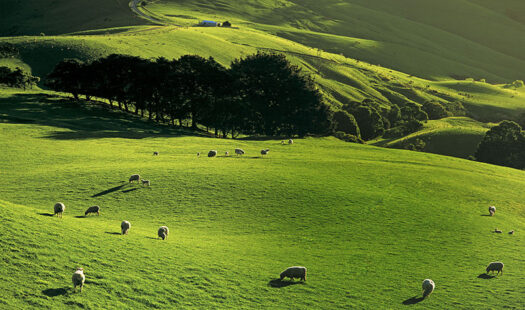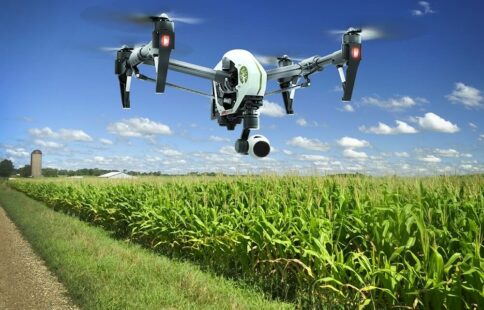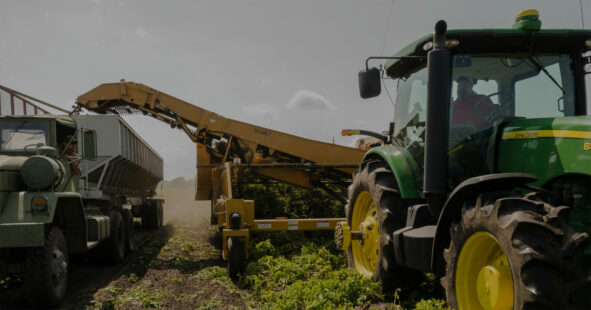June 21, 2024 • orchardtech_qt32n4

Researchers are now starting to trail the effectiveness of the mouse baits. It is in collaboration with both farmers and baits suppliers. In fact, approximately three research papers were prepared and are soon to be peer-reviewed. After being approved, these papers will be published in scientific journals in an attempt to control further mouse plagues or infestations. The main reason for the delay in publishing is the severity of the mouse plague situation. Infestations were not being properly controlled by the authorities due to a lack of resources and knowledge on mouse baits.
Moreover, in other situations, the mouse bait information would quickly be gathered, examined and then published immediately. However, due to the extreme nature of the current situation, mainly the rising mouse numbers, there was an inevitable delay in the publishing process and the creation of mouse baits. After meeting and communicating with bait producers, Grain Producers Australia, the Australian Pesticides and Veterinary Medicines Authority, and the Grains Research and Development Corporation.
As a result of the findings, GPA went on to form an agreement with mouse bait producers and an application was submitted to the APVMA for an emergency use permit to produce mouse bait with zinc phosphide at a higher dose of 50g/kg. This grant was permitted in April and will continue to be valid till 31st October 2022. Currently, in response to demand from farmers, ACTA has made and supplied several hundred tonnes of the mouse bait at the increased active chemical rate.
The correct procedure for zinc phosphide is utilizing doses in mouse bait that are suspended in vegetable oil and put directly into the stomach of the mice. This is because studies have shown that mice were less sensitive to zinc phosphide than was reported in the work that was done in the USA in the 1980s. Therefore, a new battle is against the mice plague is successfully started.

Grains and fertiliser producers are expected to post a strong performance in 2021, while wool producers will struggle. Following severe drought conditions over much of the prior three-year period, greater rainfall levels in key growing areas have improved crop yields. The expected level of output in 2020-21 is a near-record, second only to the highs […]
Read More →
HIGH TECHNOLOGY OPPORTUNITIES IN URBAN AUSTRALIA High-tech horticulture is being used in metropolitan locations around the world for a variety of reasons, including economic development. Community involvement and environmental advantages are two things that come to mind when thinking about this project. Vertical farm systems, container farms, and other similar systems are now being witnessed […]
Read More →
Fortunately for the agricultural sector, the Australian agriculture worker visa, also known as the ag visa, is a step closer to fruition, after the Federal Government amended the migration regulations. It has enabled it to be operationalized with a supporting program administered by the Department of Foreign Affairs and Trade. The minister for agriculture and […]
Read More →